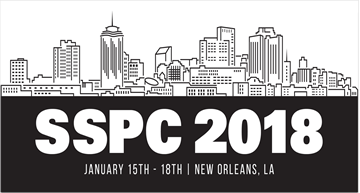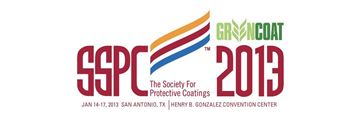Search
Products tagged with 'bridges'
View as
Sort by
Display
per page
Performance of Two-Coat v/s Three Coat Paint Systems
Product Number:
41214-829-SG
Publication Date:
2014
$20.00
Repainting Bridges During Rehabilitation Projects: Sequencing Options
Product Number:
41206-241-SG
Publication Date:
2006
$20.00
Streamlining the Specification Development Process for Bridge Painting
Product Number:
41205-210-SG
Publication Date:
2005
$20.00
Strengthening Concrete and Steel Bridges Using FRPs
Product Number:
51218-093-SG
Publication Date:
2018
$20.00
Successful Bridge Painting in the Northeast during the Winter Months, Pros and Cons from Owner and Contractor
Product Number:
41213-805-SG
Publication Date:
2013
$20.00
The Caruthersville Bridge: Challenges of a Calcium Sulfonate Alkyd System
Product Number:
41210-572-SG
Publication Date:
2010
$20.00
Waterproofing Membranes: A Vital Component of the Bridge of the Future
Product Number:
41206-257-SG
Publication Date:
2006
$20.00









